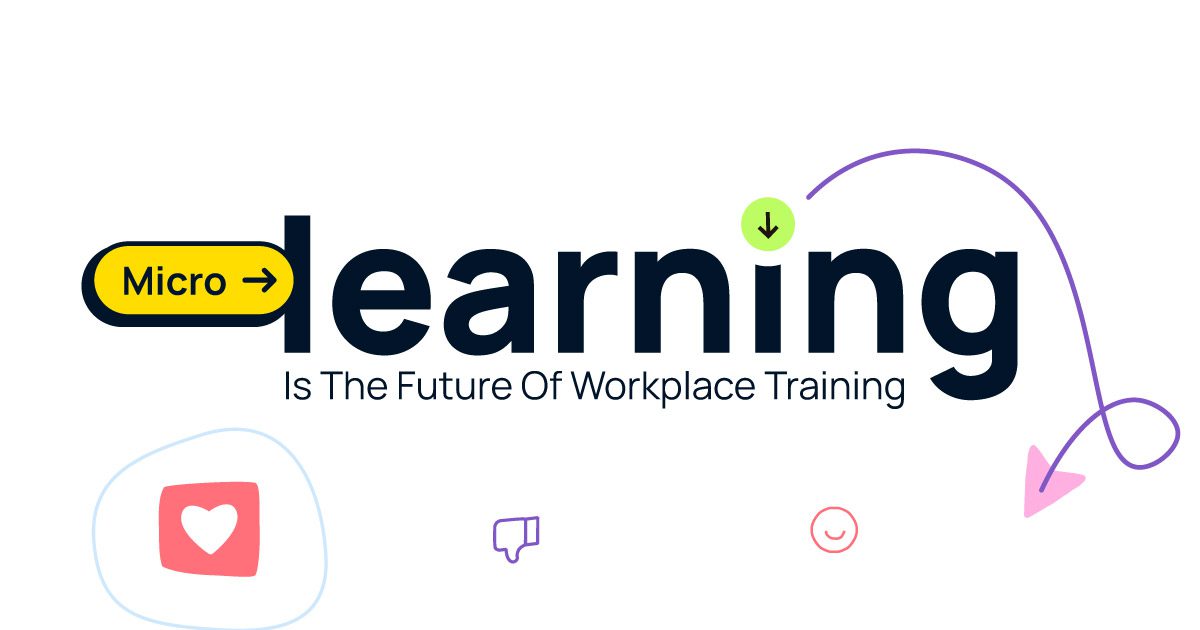In today’s climate, there is no shortage of things grasping for one’s attention. Marketing is more effective than ever, people are connected across the continent, and media only gets more and more engaging. This is why the day to day can become so challenging. Why would someone sit down and constructively learn when their phone is buzzing two feet away.
Introducing Microlearning for Your Organization
This is where modern solutions need to be utilized to solve modern problems. The topic of discussion here is microlearning. Microlearning is when bite sized bits of information are offered up in digestible ways. It’s a simple concept, with a complicated way of operating and a dense set of studies backing it up.
The basis of microlearning deals a lot with human memory and attention span. While it may be a common fun fact to hear, human attention spans have not been dropping. Instead attention span and memory are extremely complicated and individual concepts. What microlearning attempts to do is lower external distractions and keep the number of incoming concepts small.
Mobile devices and the apps held on them have become great at stealing humans’ attention. Recreational apps have learned to get people hooked and to steal their time away from their more mundane activities. Luckily, this can be done in a similar way even with educational apps. Attempting to move learning out of the classroom and onto the smartphone is an essential aspect of microlearning.
Catering to Short Attention Spans
This is done by keeping microlearning short enough that it doesn’t challenge natural attention spans. One does not have to keep sustaining their attention on a microlearning unit. The power of microlearning is that it will be over by the time their attention shifts. This makes it very easy to reduce the typical cognitive overload of learning.
Microlearning also has the benefit of being highly organized and trackable. Since everything is sorted into such small units it allows teachers to see which lessons are being engaged with. Also since it typically occurs through messaging apps, it approaches the student where they naturally tend to be. This text method is also incredibly cheap. It lowers the time and cost of an educator while keeping a lot of the same results.
It’s important to point out this isn’t meant to be a defeat to typical learning, or an acceptance of distraction. Instead it’s a supplement to help students get through their courses. Microlearning has been shown to increase completion rates of online training four times four times over. It helps students who maybe can’t get other specialized forms of education. It also works well with other forms of education and training.
Ultimately there are struggles with microlearning. Most prominently some topics and discussions just aren’t suited for a bite-sized form. This is why microlearning is less suited for high level graduate courses and may be more suited for specialized training. Another issue is that of application. While great both in theory and in studies, it is on the educator to effectively apply microlearning. This is why there are so many frameworks and theories working within the category of microlearning.
Key Takeaways
The takeaway of this all is that education is changing. As the world demands humans’ attention, microlearning helps to demand it back. There’s much more in terms of semantic science and the principles behind microlearning, but it is ultimately effective. Modern education needs to change, especially in places like the U.S. Microlearning isn’t comprehensive, but it’s certainly a step in the right direction.

Source: Arist

